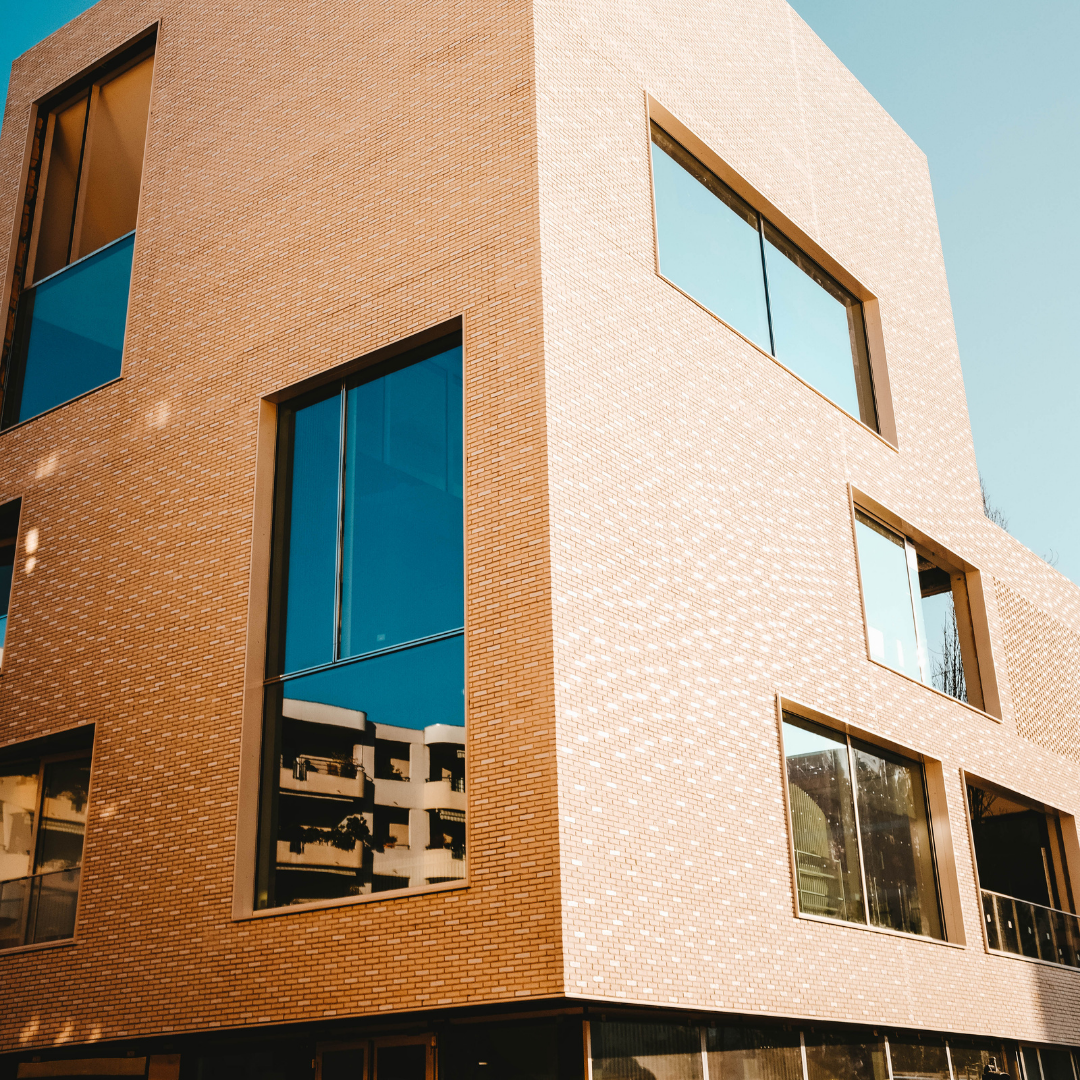In 2016, the National Association of Home Builders (NAHB) conducted a study on single-story homes for sale, and although the number of single-family detached homes sold rose by 3 percent, the most sold were “traditional” two-story homes. To understand why it’s important to analyze the study’s findings. First, single-story homes did experience an increase in sales, but the increase in sales was not substantial enough to change the overall trend of two-story homes outselling single-story homes 11 to 1.
Should You Build a Single-Story Home? Pros and Cons
Are new homes just structures? No, they are definitely not! They are a personification of a human character, primarily because they shelter humans. That is why many homeowners often choose to build unique houses, mostly single-story homes, which can reflect their personality. Yes, this might prove to be a costly endeavour, but then they have the savings to pay for that dream home. However, as one begins the process of building, he should be sure to keep in mind the cons and pros. For instance, if you choose to go for a single-story building, you should know the merits and demerits of the structure.
Pros on Build a Single-Story Home
- Reduced construction costs. While building a single-story home may be less expensive to construct, there are several advantages. From an aesthetic standpoint, a single-story home appears more spacious and inviting than a two-story home. Homeowners also tend to feel more connected to the outdoors when living in a single-story home than those with a third-floor bedroom. These advantages are combined with the fact that single-story homes cost less to build, which, over time, can drastically reduce your building costs.
- Maintenance is easier.
Building a single-story home is easier compared to a multi-level home. A one-level home is easier to maintain since most of the plumbing and heating systems are on just one level. Heating the whole place might be easier than a multi-story building. You can get a boiler and heating oil supplies from a company like Romeo’s Fuel to ensure that your place is warm and cozy.
- Spending less on furniture and décor. When it comes to saving money, you want to make sure that you’re always getting the most bang for your buck. That means spending your money on durable furniture and décor that will last for years to come. When it comes to more permanent and durable items, you typically get what you pay for. You want to spend a little more upfront to get the quality you want and can afford.
- Simpler to design. Thanks to their minimalist, sleek designs, a one-story home is all the rage lately. One-story homes are gaining favor among homeowners and real estate buyers, whether they’re tucked into a tiny backyard or surrounded by towering trees. But are they the right option for you? One-story homes can be a great option for people who want a modern, low-maintenance home. Additionally, if you want to make any sort of home renovation, you have the liberty to call an exterior contractor and get the change done as per your taste.
- It lowered taxes. Lower taxes are one of the pros of building a one-story home. Homeowners who build one-story homes can save thousands of dollars each year in taxes. However, the amount of tax to be paid by a homeowner of a one-story building would vary depending on whether he is a non-resident of the country. For instance, in Canada, the tax would be different for a non-resident who lives outside the nation throughout the tax year. So, it would be a good idea to get hold of an experienced accountant who can brief you on all the details about homeowners tax and non resident tax before finalizing any decision.
Taxes aside, building a home one story instead of two reduces costs upfront and reduces energy costs, making one-story energy homes much more environmentally friendly.
- Safer. Building a one-story home (also called a one-level house) can be safer for you and your family, but the way you build it has an impact. Building with steel frames, high-performance insulation, air sealing, radon mitigation, and quick dry (or super low moisture) construction improves indoor air quality. These practices also help keep your family safe from fire, water, and mold.
Cons on Build a Single-Story Home
- Less privacy. When you’re building a home, you want things to be as convenient as possible, so you opt for single-story homes. The benefits are obvious: fewer stairs to take, less noise, and easier access to the yard. What you may not know, however, is that single-story homes are usually less private than their two-story counterparts. Single story homes can have lower ceilings, smaller windows, and windows that are higher up, giving more visibility into your space. Ultimately, the key here is to find a balance between how much privacy you want and how much convenience you want.
- A lack of space. One of the cons of building 1 story home is the lack of space and storage. Often, a 1 story home can lack a basement, a garage, or closets. This means you need to work with your home’s layout to optimize its space. For example, you might have a utility room that doubles as a closet or an attic that could be turned into a bedroom. Of course, you don’t always have that option, but make the most of it if you do.
Single-story homes are the most economical type of homes to construct since there is very little material wasted during the construction process, and a great deal of material can be saved when constructing a multi-story home. Single-story homes are the most popular type of home in America, with 68 percent of American homes being single-story homes.

